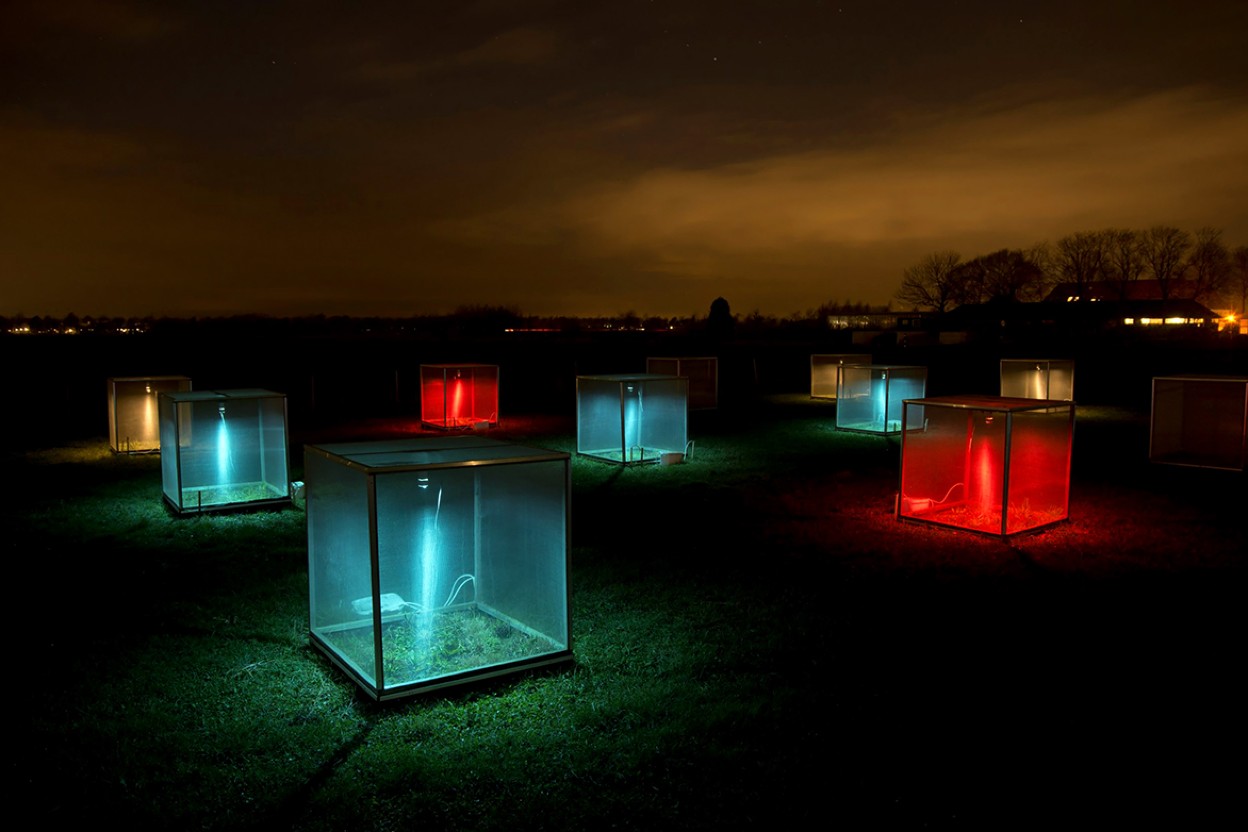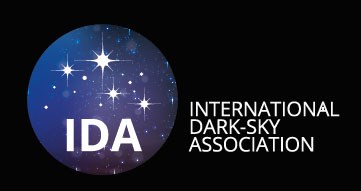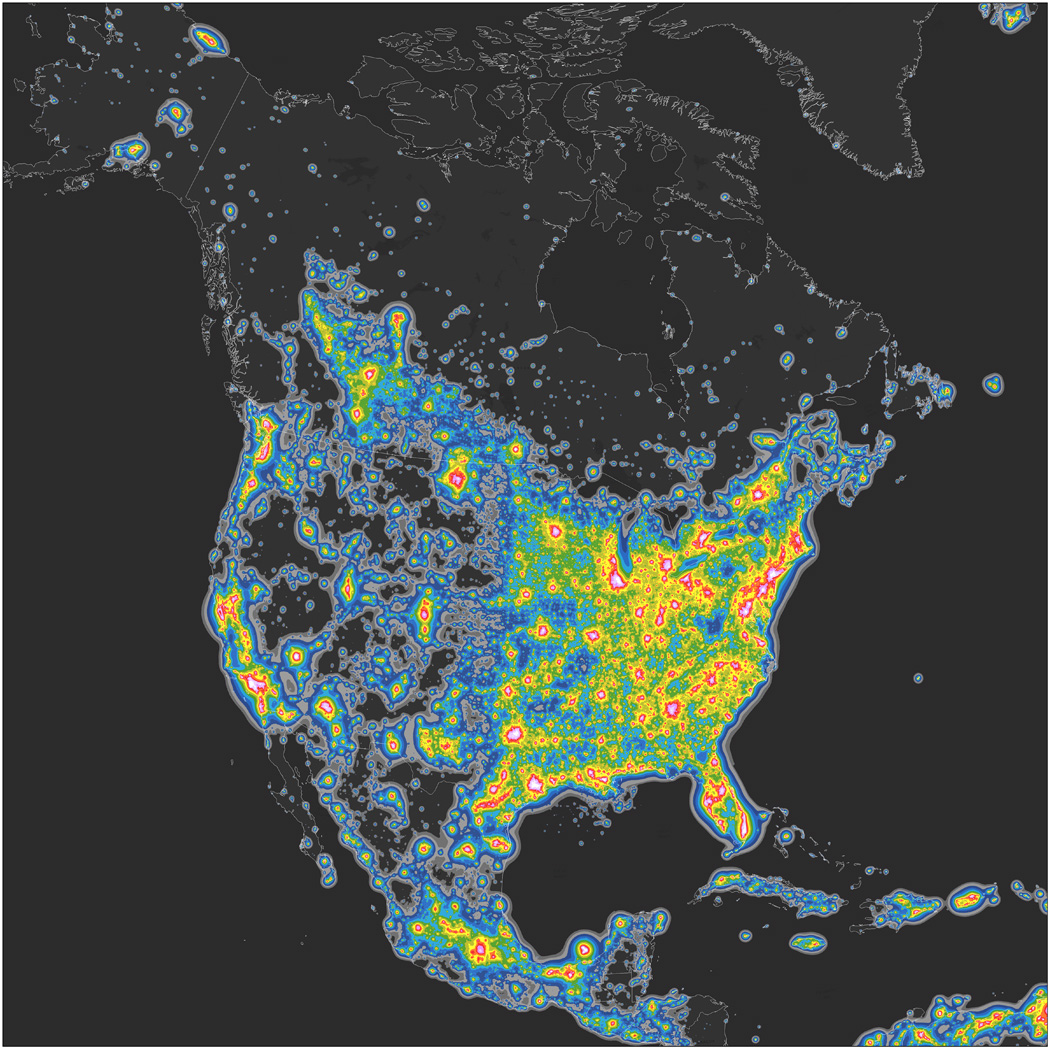Light Pollution
Description
Including excessive light and inappropriate light placement, colour, intensity, wavelengths, timing of use, flicker frequency, and/or flashing.
Share this Subissue on:LinkedIn
Resources
Our nights are getting brighter, and Earth is paying the price
This fascinating and heartfelt article can help you to better understand and appreciate the growing problem of light pollution, and the long-term effects it is having on humans and nature.
Illuminating the Effects of Light Pollution
This article may be useful as part of an executive primer on the effects of light pollution, which highlights evocative examples such as bird collisions, algae blooms, and beached baby turtles.
The dark side of light: how artificial lighting is harming the natural world
Artificial lighting within towns and cities, along roads and highways, and at business sites is so pervasive that it can be easy to overlook or underestimate their effect on ecosystems. This article from Nature will help you to understand the profound impact that light pollution is having on ecology, such as migrational species and insects, as well as the results of experiments conducted to identify harm reduction alternatives.
National Light Pollution Guidelines for Wildlife
This resource from Australia's Department of the Environment and Energy provides a framework that will help you to assess and manage the impact of artificial light on susceptible wildlife. It introduces a multi-step approach that explains how artificial light impacts wildlife; highlights the principles of best practice light design; explains how to determine biologically relevant luminance and perform artificial light auditing; and provides an artificial light management checklist. The guidance also features species-specific appendices and case studies.
The International Dark-Sky Association: Light Pollution
The International Dark-Sky Association is a non-profit organisation committed to preserving and protecting the night-time environment and shared heritage of dark skies. Their website provides a wide array of information to grow your understanding of the causes and effects of light pollution, with themes specific to wildlife and ecosystems, energy waste, human health, and the intersection of lighting, crime, and safety. Their resources also include videos, infographics, and a research library.
The New World Atlas of Artificial Night Sky Brightness
This resource presents a modern world atlas of global luminance. The content presented here will help you to better visualize and understand the extent to which light pollution is a global issue.
Light Pollution Map
This interactive light pollution map provides an array of overlay options that will help you to see the trends in light pollution over the past decade.




